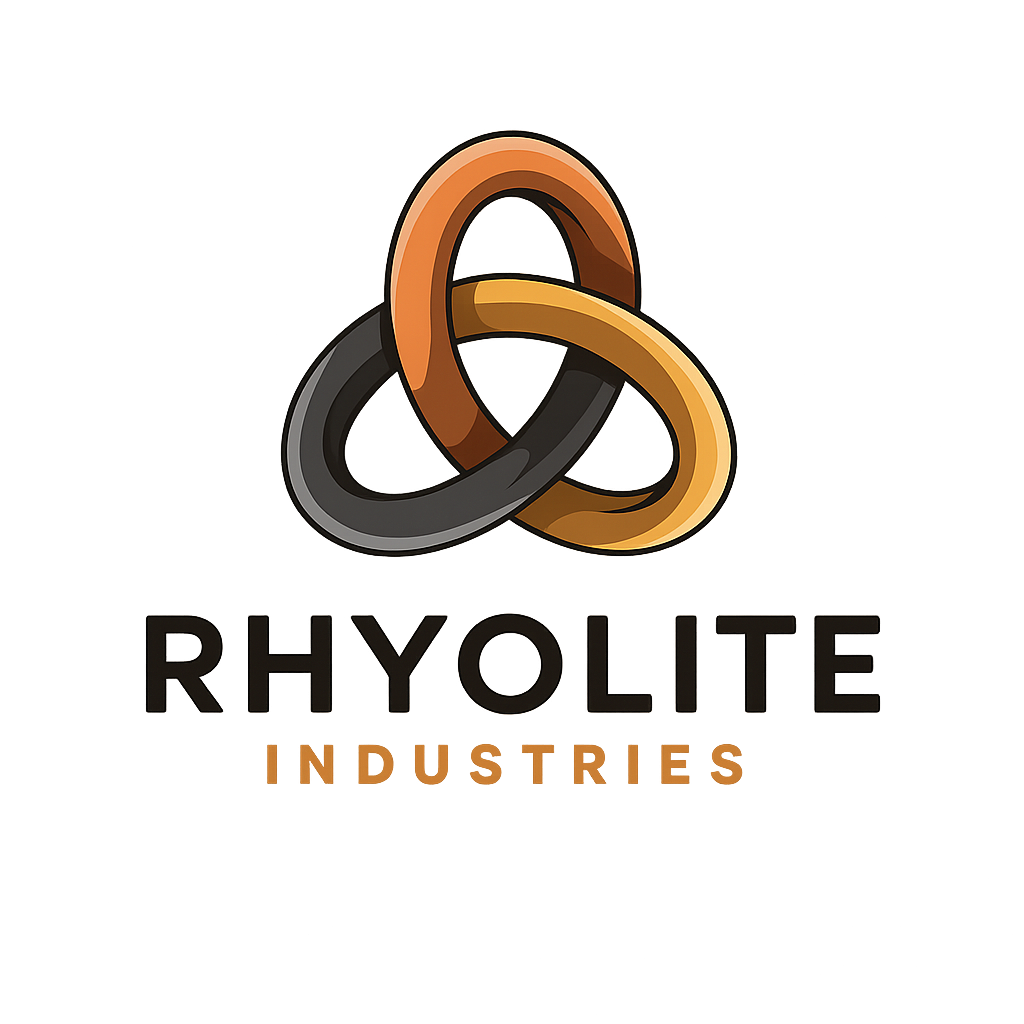If you’re still managing customer data in spreadsheets, relying on scattered email threads, or bouncing between disconnected tools, you’re working harder than you need to. A Customer Relationship Management (CRM) system changes that. It brings everything under one roof—streamlining sales, improving service, and driving growth.
Whether you’re a startup founder, a sales manager, or a marketing pro, here’s why investing in a CRM isn’t just smart—it’s essential.
1. Centralize Customer Data
A CRM is your single source of truth (SSOT) for every customer interaction. It consolidates contact information, purchase history, communication logs, support tickets, and more—so your entire team can stay on the same page.
No more:
Digging through inboxes for a follow-up email
Forgetting key customer details
Losing leads in the shuffle
With a CRM, you always know who your customer is and where they are in the buyer journey.
Stop Logging Notes on Sticky Notes
CRMs give sales teams structure. They track deals through the pipeline, automate reminders, and highlight stalled opportunities.
Key benefits:
Visual sales pipelines to prioritize efforts
Lead scoring to identify hot prospects
Task automation to reduce busywork
The result? Reps can focus on selling, not data entry. According to Salesforce, CRM applications can increase sales by up to 29%.
Context Is King—and CRMs Are Your Relational Databases
Great service starts with great data. When support teams have context—what a customer bought, when they contacted you, and what issues they’ve faced—they can resolve problems faster and more personally.
CRMs also enable proactive service. You can:
Send renewal reminders
Flag high-risk accounts
Deliver personalized follow-ups
Customers don’t want to repeat themselves. A CRM makes sure they don’t have to.
Ditch the Batch-and-Blast
CRMs aren’t just for sales. Marketing teams can use them to segment lists, track engagement, and deliver targeted campaigns.
Use your CRM to:
Send personalized email campaigns
Trigger workflows based on user behavior
Analyze campaign performance
When marketing and sales align through shared data, conversion rates go up. You stop blasting and start connecting.
If You Can Write It on a Sticky Note, You Can Automate It
CRMs automate the repetitive stuff: email follow-ups, meeting reminders, data syncing, lead assignments. That means fewer dropped balls and more time for high-value work.
Common automations include:
Welcome emails for new leads
Alerts for untouched deals
Weekly sales reports
Automation also creates consistency. Every lead gets the same quality touchpoints—no matter who’s working that day.
SQL Queries Are Great—But Clean Dashboards Are Better
CRMs aren’t just data warehouses—they’re insight engines. Use built-in dashboards to track KPIs and spot trends.
You can:
See which channels generate the most leads
Track conversion rates by stage
Forecast revenue with more accuracy
Data-driven decisions beat gut instinct every time. With a CRM, you’re not guessing. You’re measuring.
Scaling a Team Without a CRM Is Like Building a Skyscraper Without Blueprints
As your business grows, so does your customer data. A CRM scales with you. Whether you add five new reps or expand to new markets, the system keeps everything organized and accessible.
It also enables delegation. When every interaction is tracked, anyone can jump in and assist a customer without missing a beat.
Silos Are for Grain, Not Customer Data
Marketing, sales, support—they all interact with customers, but too often they operate in silos. A CRM breaks those walls.
Shared access means:
Marketing knows which leads converted
Sales knows what content attracted the customer
Support knows what promises were made
That alignment improves communication internally and builds trust externally.
Build Loyalty With Data, Not Just Discounts
It’s cheaper to keep a customer than acquire a new one. CRMs help you build stronger relationships that lead to loyalty and referrals.
You can:
Track satisfaction scores (CSAT, NPS)
Identify churn risks early
Personalize retention campaigns
Happy customers spend more and stay longer.
A CRM Is the API Layer Between Your Team and the Customer Lifecycle
Technology evolves, and customer expectations grow. A modern CRM system evolves too—adding AI features, deeper integrations, mobile access, and more.
By building your operations around a CRM today, you set the stage for long-term agility and growth.
Final Thoughts
A CRM isn’t a luxury—it’s a necessity for any business that wants to grow sustainably and serve customers well. From organizing data to automating tasks, enabling better service, and unlocking insights, it touches every part of your customer lifecycle.
If you’re serious about growth, it’s time to invest in a CRM.
Ready to start?
Stop managing contacts. Start building relationships.

Thomas Beckman
Sales Specialist
Head of Growth and Partnerships at KINNECT

